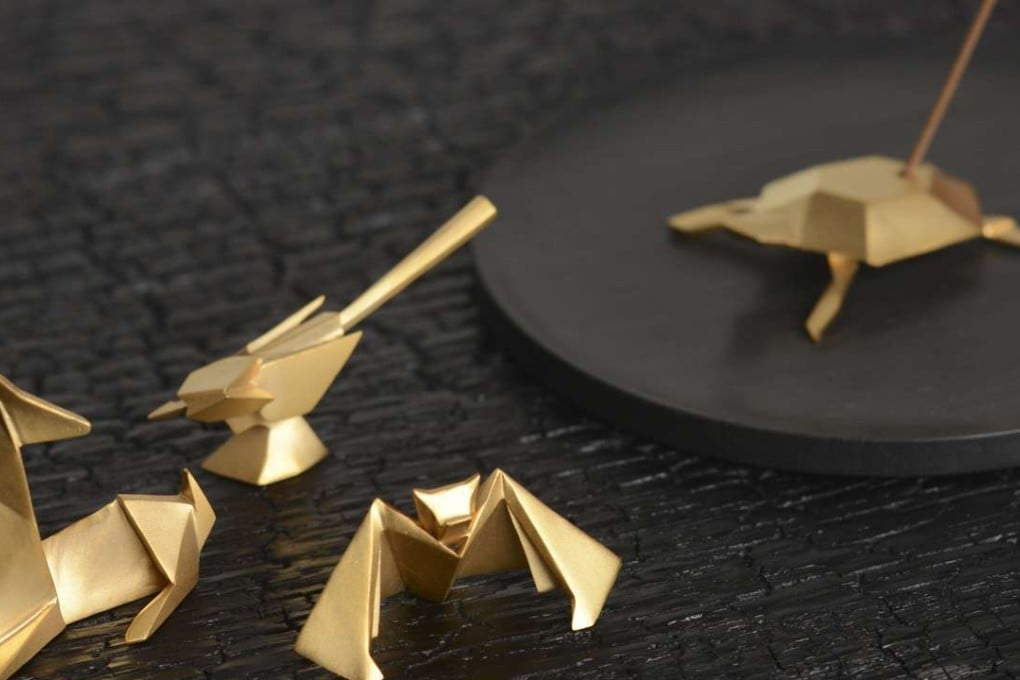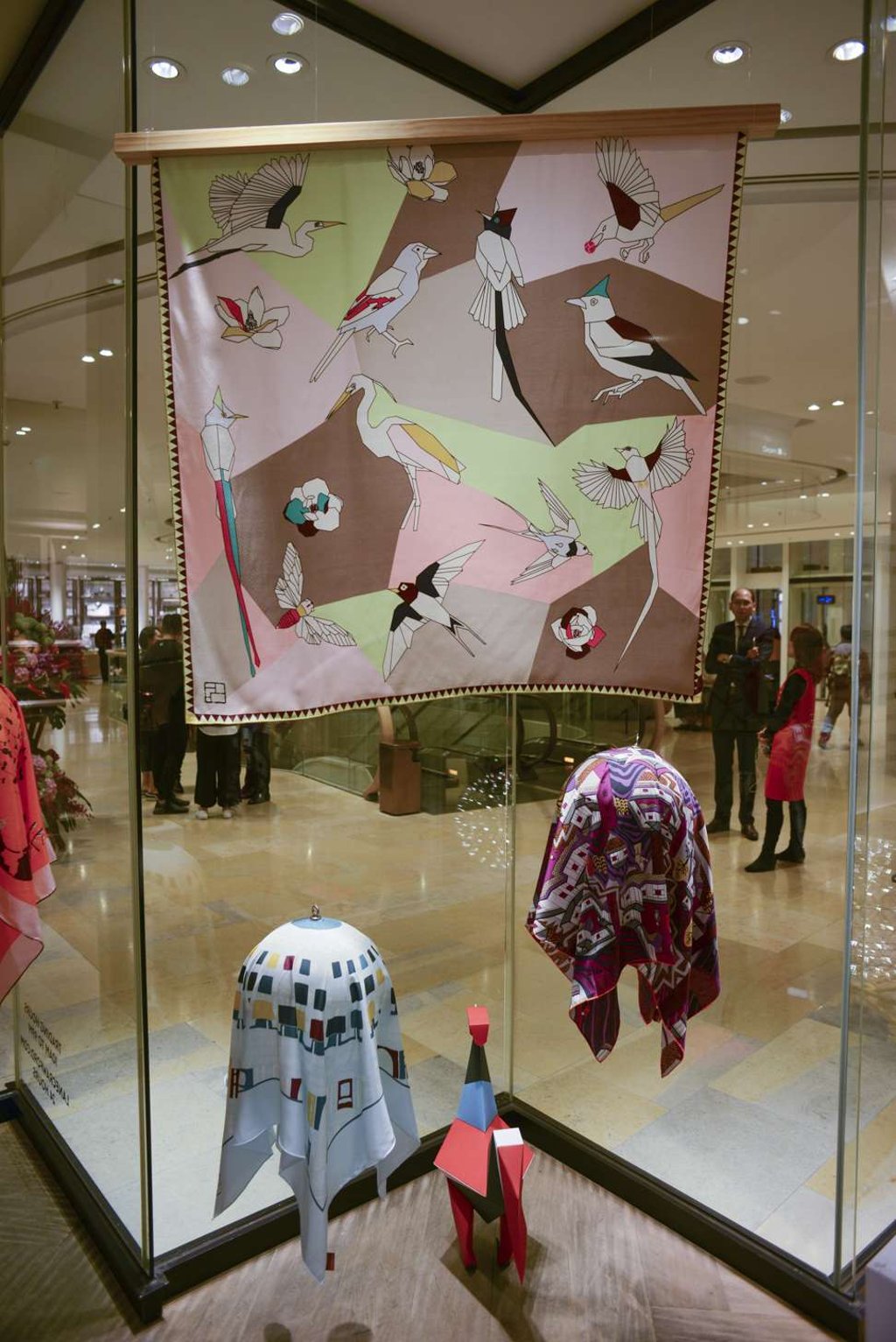China’s talent exchange programmes can help unlock creativity and foster innovation
Shang Xia’s growth into an international brand is testimony to advantages that cross-border talent exchange programmes can bring

France and China have long celebrated their special relationship and their deep-rooted interests in the creative arts, trendy lifestyles and innovative fashion. Some observers of China’s fast-growing premium goods market might even be forgiven for comparing the Chinese high-end entrepreneur Jiang Qionger of Shang Xia to the French fashion icon Coco Chanel, as both women built their reputations on high-end fashion creativity. Like Coco Chanel who turned to French craftsmen and artists for the production of her dresses and gowns, Jiang has turned to Chinese traditional artisans and designers for producing her line of clothing and jewellery, tea ware and furniture.
But how many people would imagine that Jiang has also something in common with the hundreds of Chinese adventurers who participated in the growth of France’s nascent automobile industry during the post-first world war period? In the early 1920s, a generation of bright young people left China to make their fortunes in France. These men and women toiled day and night on the newly constructed assembly lines in gritty working-class towns like Montargis just south of Paris. Witnessing mass production of vehicles for the first time, they wondered how to apply the knowledge of this industrial process to China, then a largely rural society that had yet to be transformed into an industrial economy. Even though their dreams took 50 years to accomplish, China eventually opened its doors to the outside world in the mid-1970s, and became a successful fast-growing country where hundreds of millions have seen their standard of living rising to new heights.

Three generations later after the “second industrial revolution”, Jiang also left China to study and work in France – but in highly specialised creative workshops. Like her forebears she dreamed of transferring the knowledge of producing new goods to her homeland. Coming from a family of artists and architects, she loved the arts and crafts. As luck would have it, she was a witness to the revitalisation of the European luxury fashion industry, a revival that had been gathering steam in 2001, the year when she arrived in Paris.
Two of Britain’s most extravagant fashion designers were working in the City of Light at the same time. Alexander McQueen and John Galliano were making luxury fashion history at Givenchy and Christian Dior, respectively. These iconic designers would liberate luxury fashion from its elitist trappings while leaving an indelible mark on all of those working and creating around them.
Jiang enrolled in the École Nationale Supérieure des Arts Décoratifs (Ensad) in Paris at this moment of heightened creative activity. Attending lectures about the direction that the business was going, she suddenly realised that the consumption of personal luxury fashion goods would grow exponentially. By 2015, the personal luxury goods industry was worth US$250 billion, according to Bain & Company. Moreover, China was one of fashion’s biggest markets.